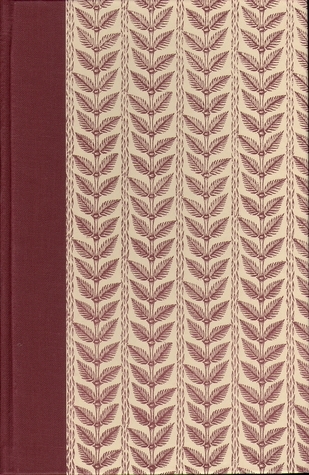Charles Sheard hat Northanger Abbey von Jane Austen besprochen
Pleasant, but not entirely satisfying.
3 Sterne
Maybe 3.5 stars. While Austen has a facility with the language, and an excellent ability to convey a convincing character, there are too many authorial issues which intrude for my tastes. I am not a fan of the author's frequent breaches of the fourth wall, though I recognize that authorial interjection was much more prevalent in previous times. I also feel that the overall novel is a bit of a mash-up, combining merely another of Austen's tales of romance and socio-economic standing with her supposed satirical take on the atmosphere-heavy Gothic novels of the period. The latter seems a bit too wedged into the former, with the titular Abbey itself not even appearing until two-thirds into the novel. Catherine's melodramatic predictions and fears may be overturned one by one by the banalities of reality in a fairly amusing manner, but it has little to do with the rest of the …
Maybe 3.5 stars. While Austen has a facility with the language, and an excellent ability to convey a convincing character, there are too many authorial issues which intrude for my tastes. I am not a fan of the author's frequent breaches of the fourth wall, though I recognize that authorial interjection was much more prevalent in previous times. I also feel that the overall novel is a bit of a mash-up, combining merely another of Austen's tales of romance and socio-economic standing with her supposed satirical take on the atmosphere-heavy Gothic novels of the period. The latter seems a bit too wedged into the former, with the titular Abbey itself not even appearing until two-thirds into the novel. Catherine's melodramatic predictions and fears may be overturned one by one by the banalities of reality in a fairly amusing manner, but it has little to do with the rest of the story, and when it runs its course it is immediately dropped. For that matter, it seems almost antithetical to Austen's earlier tangent upon novels of the day, including the famous quote “The person, be it gentleman or lady, who has not pleasure in a good novel, must be intolerably stupid.” Catherine seems nothing but silly ... perhaps even stupid ... in her novel-infused anticipations of the Abbey, which Austen goes to great lengths to pick apart. I also do not find Henry entirely convincing as Catherine's partner (I don't feel a spoiler warner is really necessary here, since Austen novels are hardly in doubt as to their inevitable outcomes), in that he seems far too pleased to mock her at times. And of course, ultimately, I continue to be unsatisfied with Austen's perpetual focus on such a limited slice of the population, and its dances, meals, country homes, and love affairs.


